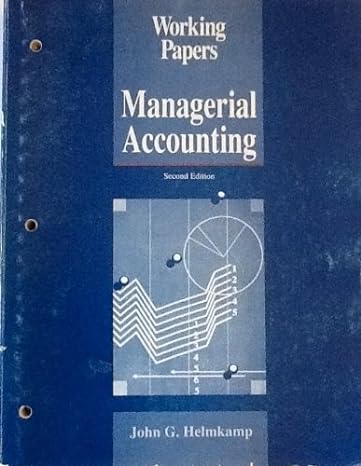Answered step by step
Verified Expert Solution
Question
1 Approved Answer
Some (controversial) facts: . . Since 1990s slave trade has been going on in Sudan. Slave raiders kidnapped women and children from villages, selling them
Some (controversial) facts: . . Since 1990s slave trade has been going on in Sudan. Slave raiders kidnapped women and children from villages, selling them for about $10 to $15 each in cities. Perhaps 20,000 people were enslaved each year. Westem humanitarians brought money to Sudan to buy and free slaves (this is called slave redemption). These activities had increased the price of slaves to about $100 and had also increased the intensity of slave raids. Consider the graph below that shows the local demand and supply functions for slaves. All the numbers that follow are purely hypothetical. Assume that currently the equilibrium number of slaves traded is 10,000 persons per year. Assume also that the equilibrium price of each slave is $20. So, in a particular year 10,000 slaves are traded at a price of $20 each. Now foreigners come with big money and decide to buy these 10,000 slaves every year and free them. Assume that this amount is fixed and does not depend on the price. This may not be realistic. If foreigners bring a fixed amount of money to buy slaves (which sounds more realistic) then they will buy fewer at a higher price (foreign demand will be a rectangular hyperbola-but who cares, let's keep things simple). Here are some questions for your kind attention (some just food for thought): 1. Find the new equilibrium price per slave and the number of slaves traded each year. 2. Find the number slaves purchased each year by the locals. 3. Find the number slaves purchased and freed each year by foreigners. 4. What will be the incentive effect of this policy on the households who already own slaves? Here are some questions for your kind attention (some just food for thought): 1. Find the new equilibrium price per slave and the number of slaves traded each year. 2. Find the number slaves purchased each year by the locals. 3. Find the number slaves purchased and freed each year by foreigners. 4. What will be the incentive effect of this policy on the households who already own slaves? a. Opportunity cost of owning a slave at the new equilibrium price. b. Incentives to free ride (by those households who wanted to free their slaves anyway due to old age or sickness). 5. How many new slaves will be kidnapped each year? 6. The foreigners' redemption polices will encourage fraudulent activities by the locals. Can you identify them? 7. How would you sum up the effects of these activities? 8. This is a mess. Can you propose a better policy? $140 $130 $120 $110 $100 $90 $80 $70 $60 $50 $40 $30 $20 $10 $0 0 2,000 4,000 6,000 8,000 10,000 12,000 14,000 16,000 18,000 20,000 22,000 24,000 This question is about how good intentions could lead to undesirable results if people's economic behaviors are not taken into consideration. Consider the file named Slave Redemption in Sudan. After western humanitarians' slave redemption activities the price of each slaves increases to dollars and equilibrium number of slaves traded increases to persons. Of the equilibrium number of slaves traded that you just found, slaves are purchased by the locals and by western humanitarians. The latter group are freed. Food for thought: You can guess that the situation on the ground would be much more complicated and messy. For example, what would happen to the freed slaves? Or, of the number slaves traded, what number would come to the market for sale from households who already own slaves and what number from new raids? These are interesting and important questions to ponder about. Can you think of any other more effective policy to eliminate slave trade? Note that western humanitarians were increasing the marginal benefit of raids. Do you think it would be more effective to increase the marginal cost of raids? How
Step by Step Solution
There are 3 Steps involved in it
Step: 1

Get Instant Access to Expert-Tailored Solutions
See step-by-step solutions with expert insights and AI powered tools for academic success
Step: 2

Step: 3

Ace Your Homework with AI
Get the answers you need in no time with our AI-driven, step-by-step assistance
Get Started


